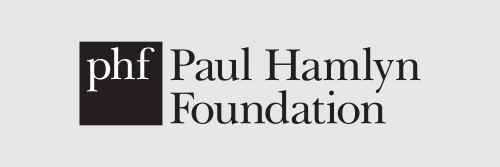Next edition: 2022.
LOOK is delivered by Open Eye Gallery. Every two years, we work with a different partner country to build a programme that exchanges culture and learning, worldwide.
As a medium, photography is equipped for this: images are shareable, accessible and can transcend borders, languages and cultures.
The transferability of images today allows new perspectives to be efficiently communicated across languages, borders and cultures. Through LOOK, emerging and established artists communicate the issues of the present, and exercise photography’s role in shaping the future.

